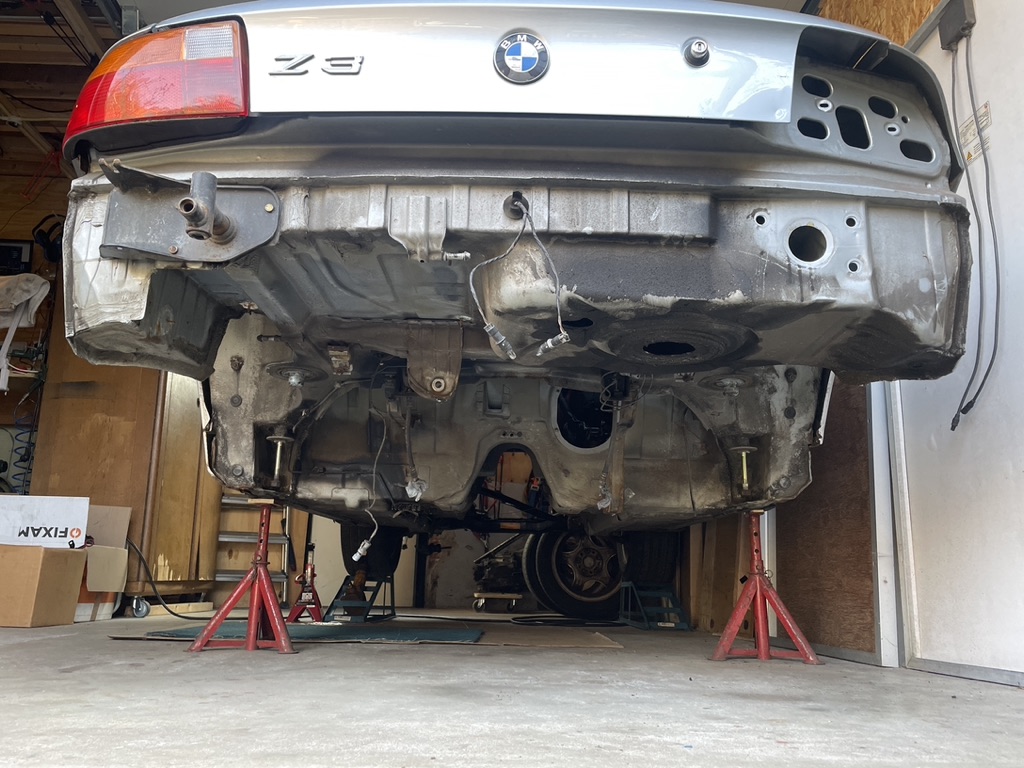
Step 1: Stripping the Car
Before beginning the conversion process, the car is stripped down to its bare essentials. This includes removing the seats, dashboard, and all interior trim. The engine and related components are also removed, along with the exhaust system, fuel system, and cooling system.
Step 2: Refitting the Car with Electric Components
After stripping the car down to its bare essentials, it's time to refit it with the new electric components.
Substep 2.1: Designing the Battery Boxes
The first step in refitting the car is designing the battery boxes. These boxes will hold the electric batteries in place and ensure they are secure while driving.
Substep 2.2: Installing the Electric Motor
The electric motor is mounted in the engine bay and connected to the existing transmission. Depending on the specific conversion kit used, additional modifications may be required.
Substep 2.3: Designing the Driveline
The driveline is designed and installed to ensure that the electric motor is properly connected to the wheels and can provide sufficient power.
Step 3: Rebuilding the Car, Now Electric
With all of the electric components in place, the car is rebuilt from the ground up, now as an electric vehicle.
Substep 3.1: Testing and Calibration
Before the car is ready to hit the road, all of the electric components must be tested and calibrated to ensure they are working properly.
Substep 3.2: Reinstalling the Interior
Once all of the electric components are in place and working properly,it's time to reinstall the interior. This includes the seats, dashboard, and all interior trim that was removed during the stripping process.
Substep 3.3: Painting and Finishing Touches
Finally, the car is painted and any finishing touches are made to ensure that it looks and performs its best as an electric vehicle.